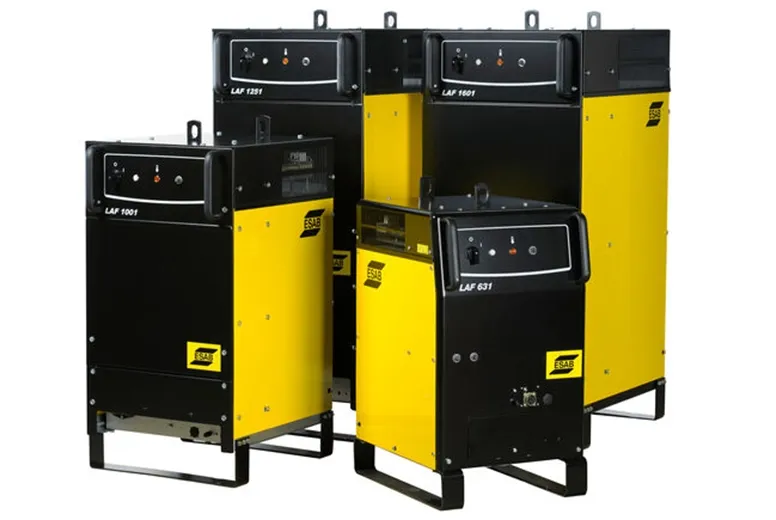Advantages and disadvantages of submerged arc welding should be carefully considered when evaluating welding techniques used in industry. One of the most important advantages of this method is achieving high-quality and smooth weld seams. Additionally, thanks to the protective flux, the weld pool is not affected by external factors.
Advantages and disadvantages of submerged arc welding are also significant in terms of occupational safety and production efficiency. No spark spatter occurs during welding, and it is easier to protect the operator. However, the method’s applicability is limited to certain positions, which is a disadvantage. Furthermore, the equipment investment may be high and yields effective results only on thick materials. Therefore, it is necessary to analyze in advance whether the method is suitable for the intended application.
Points to consider before choosing submerged arc welding:

